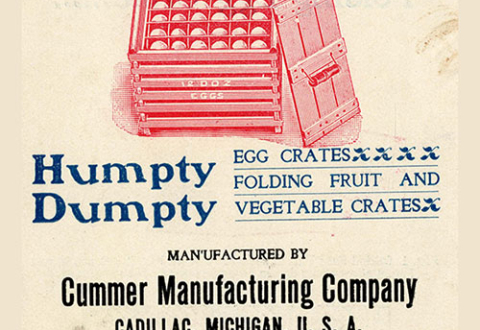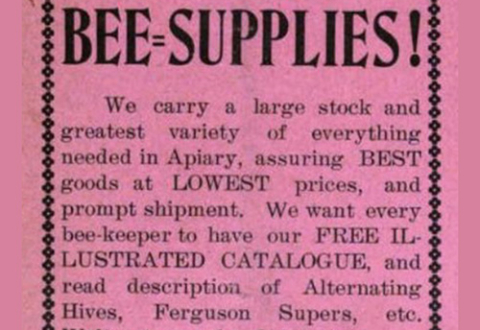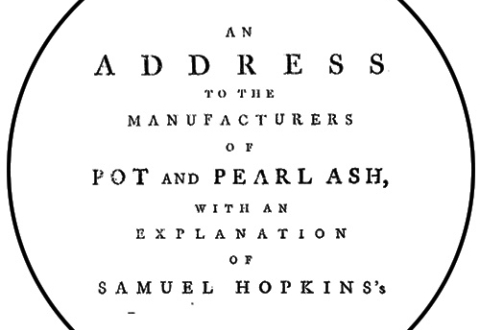On September 9, Secretary of Labor Hilda Solis came to the National Museum of American History to open a new exhibition, Bittersweet Harvest: The Bracero Program 1942–1964. Chronicling an important but little-known chapter of American history, this traveling exhibition, developed in collaboration with the Smithsonian Institution Traveling Exhibition Service and the Smithsonian Latino Center, tells the moving story of America’s largest guest-worker program.
Started as a temporary, emergency, wartime labor effort, the Bracero Program allowed Mexican nationals to come to the United States on short-term labor contracts. Over the twenty-three years of the program’s existence, the men worked primarily in agriculture, toiling in the fields to cultivate and harvest crops such as cotton, citrus, lettuce, and sugar beets. The program was significant in size and effect, with 4.6 million contracts issued, or about 2 million individual workers coming to the United States (some men came more than once). Some people credited the program with saving American agriculture; others claimed it exploited the braceros and depressed wages for American farm workers. The work was grueling and the time spent away from home difficult, but the opportunity to earn money was real. The program was truly bittersweet.
The Mexican government regarded the Bracero Program as both a way for its citizens to get cash employment and as an opportunity to modernize Mexican farming. It was expected that workers would return to Mexico and start using the technology and practices learned in the United States. In fact, the transfer of technology is difficult to engineer, and in reality the Bracero Program probably did more to accelerate social change and migration patterns than to spawn a Mexican agricultural revolution.
Bittersweet Harvest is modest in size and only attempts to scratch the surface of an intricate and rich human story of opportunity and challenge. One aspect of the program that the Museum’s curators did not have space to explore was the story of the complicated intersection of invention, labor practice, and government policy. The demand for the program was driven on the U.S. side by agricultural interests. In the 1940s the need for a large temporary workforce was intense during specific times of the year. Sugar beets needed to be thinned soon after planting and all row crops needed cultivation during the growing season in order that the soil’s moisture and nutrients might go to the crop rather than be shared with weeds. Harvest time created a spike in labor demand as farmers had only a small window of opportunity to pick their crops. Bracero contracts ranged in length from as little as two weeks to as long as eighteen months, depending on the grower’s need.
The Bracero Program came to an end in the mid-1960s as the American civil rights movement and lobbying by labor and community activists made the exploitative aspects of the guest-worker program difficult to defend. Equally important, but rarely told, is the role invention played in bringing an end to the contract labor program. Big agriculture ceased to push for a loose immigration policy in the 1960s as mechanical harvesters were perfected in cotton, single germination seeds were introduced in sugar beets, and herbicides replaced hand cultivation as a means of fighting weed growth.
Many Americans retain a romantic vision of the yeoman family farmer individually working the land. In reality, agriculture is big business and has been heavily shaped by a complex story of invention and innovation.
Peter Liebhold is a Curator in the Division of Work and Industry at the National Museum of American History, Smithsonian Institution.
From Prototype, September 2009






